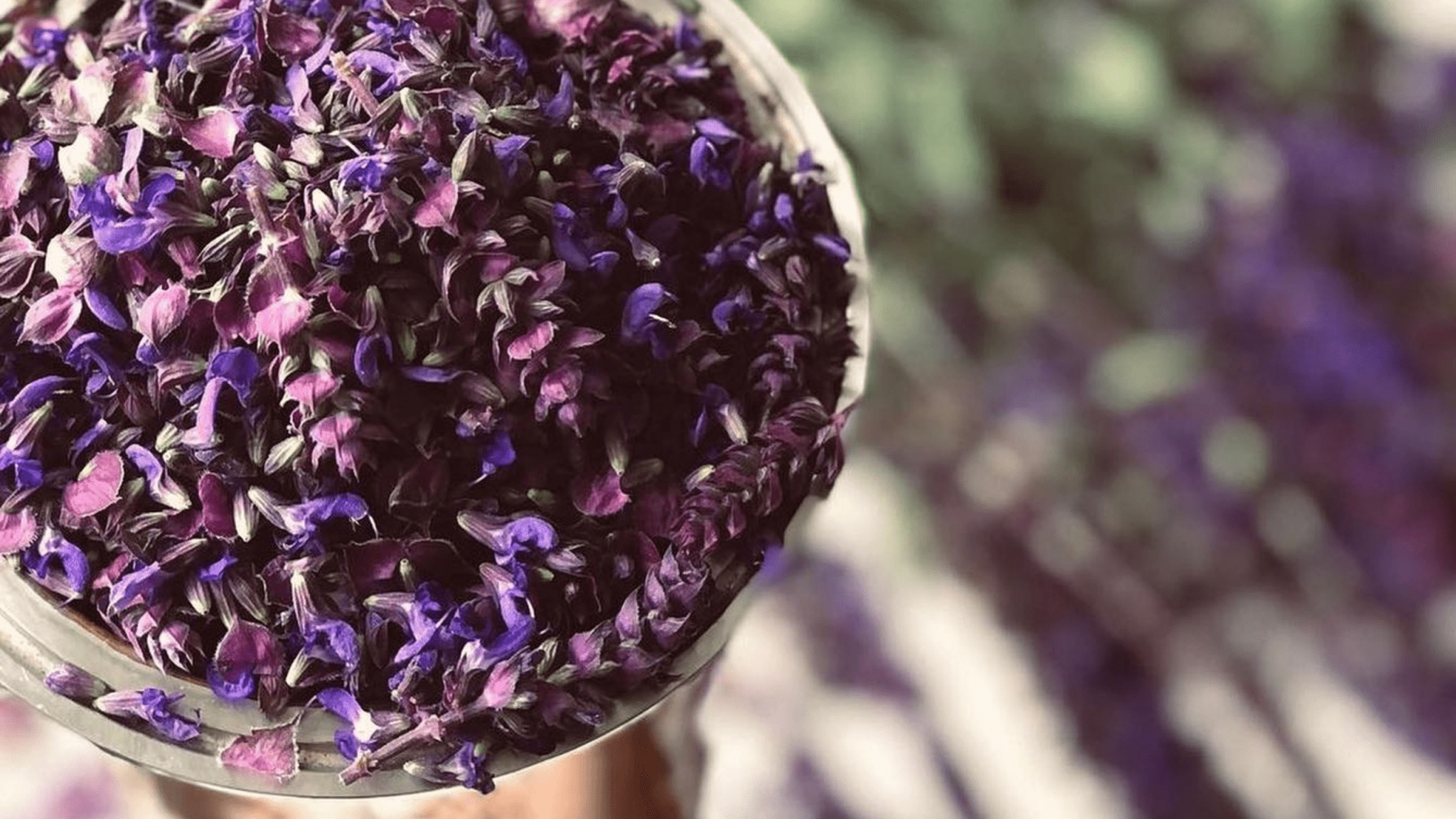
Distillation opens us to the unique opportunity to experience the intense signature of a plant
Much like a fine wine reflects the terroir in which its’ grapes are grown, essential oils reflect a plant’s interaction with its environment. This is mirrored in the chemical properties of the distilled oil. Each species of a plant, and each plant variety, will have distinct chemical attributes. These qualities will be reflected in the final distilled product batch.
The art of distillation opens us to a new and unique opportunity to experience the intense aromatic signature of a plant. There is a collaboration between the plant and its’ immediate environment. The depth of this signature aroma is alive with the energy that the plant has accumulated from the earth. The aroma will reflect the conditions and surroundings, or environmental ambiance, in which the plant lived its life.
Throughout our lifespan we tend to associate specific odors with experiences1. Our sense of smell is picked up by Cranial Nerve 1 which is the shortest sensory nerve in our body. The olfactory stimulus molecule is carried directly and efficiently to the limbic system of our brain. There it is processed and recorded. We have approximately 400 types of olfactory receptors located in the nose. There are reportedly ten dimensions to smell (fragrant, fruity/non citrus, woody/resinous citrus, minty/peppermint, sweet, chemical, popcorn, lemon, pungent and
decay). In comparison, there are only five dimensions to taste. Our experiences are colored by
our olfactory receptors. Our memories are a record of these olfactory experiences.
The Proust Effect is the phenomenon experienced when we randomly inhale scent molecules and immediately are transported to a memory.2 This might be thought of as a reverse déjà vu experience. The French author, Marcel Proust is noted for identifying this in his lengthy autobiographical novel, Remembrance of Things Past. Having tea-soaked madeleines triggered memories of his childhood that inspired the seven-volume masterpiece. It is important to note that memories are not just records of what we experience but carry an emotional component which is often revived in our response to a specific scent. We can reexperience an event via memory when we inhale molecules of a scent that we associate with an experience or a moment in time.
Experiences are born of stimuli and scent is an adept stimulator. Individuals use this chemical reaction in the brain to formulate an experience. Essential oils and hydrosols are an excellent example of employing scent to create an atmosphere. Scent has been used in spiritual practices to elicit profound connection to that which is unseen. Essential oils are excellent carriers of the molecules that impact the emotional center of the brain. Plant oils can evoke artistic expression.
These same plant oils are made up on another level, with specific chemical properties. Depending upon the signature of the plant these properties could elicit relaxation or its direct opposite, excitation. They could stimulate salivation or the focusing of attention. Their abilities to serve humans is limitless. Consider all the plant material found on the planet. Each plant is potentially capable of producing an oil. With a Copperpro distiller the potential for exploration is limitless.
Practical Application:
Rosemary is a native Mediterranean plant that survives best in a sunny well drained location. Folk wisdom associated rosemary with remembrance. Shakespeare knew of the value of rosemary and acknowledged it in his artistic writing of Hamlet. Did the plant inspire him?
Rosemary’s association with memory, may be because of its carnosic acid content.3 Using Copperpro’s distillers to extract rosemary’s essential oil or hydrosol can work to concentrate specific beneficial chemical constituents. Carnosic acid is being studied because of its neuroprotective potential. Recent research shows there is some potential for rosemary to be of value for those suffering the effects of long Covid.3
Roman Chamomile is an annual in the daisy family. Chamomile is exceptionally high in esters.4 Esters are associated with calming attributes and are antispasmodic in activity. 4 Roman Chamomile essential oil might be beneficial for diffusing in a room with a young child that is fussy.
Green Myrtle has antimicrobial and anti-inflammatory, antiviral effects.5 It is seen growing naturally in Corsica. Myrtle oil might be worthy of considering for diffusing to keep a room clear of airborne germs during times of respiratory sickness.
Roman Chamomile and Green Myrtle may have been plant muses that inspired the American writer F. Scott Fitzgerald, when he was writing The Great Gatsby. Rosemary may have exhorted an influence on Shakespeare…who is to say? Plants communicate and inspire us in so many diverse ways. These essential oils are capable of relaxing both the mind and the body with their antispasmodic and anti-inflammatory abilities.
Essential oils embody the environment that they grow in. Essential oils can transmit through their chemical constituents, messages to us. Perhaps these messages help us to overcome a physical challenge, or perhaps they inspire us to great literature, either way we are their welcoming beneficiaries.
With a Copperpro distiller you can summons the muse. You are co-creating with nature to bring forth the highest potential in this collaboration between plants and man. Do not be constrained in thinking only of the physical properties of essential oils and their potential to heal the human body. Loosen your imagination and allow co-creation on a variety of levels. The nature kingdom wants to conspire and create with you. Use your creative talents and invoke the muse to take you to new heights in emotional and artistic collaboration. Channel your highest aspirations. The plants are waiting only to be asked.
Khamsi, R. 2022 Unpicking the Link Between Smell and Memories Nature. https://www.verywellmind.com/why-do-we-associate-memories-so-strongly-with-specific-smells-5203963
Chu, S. Downes, John J., 2000 Odour-Evoked Autographical Memories: Psychological Investigations of Proustian Phenomena Chemical Senses Vol 25, Issue 1, p111-116. https://academic.oup.com/chemse/article/25/1/111/345723.
Satah, T. Trudler, D. Oh, C-K. Lipton, S.A. 2022 Potential Therapeutic Use of the Rosemary Diterpene Carnosic Acid for Alzheimer’s Disease, Parkinson’s Disease, and Long-COVID through NRF2 Activation to Counteract the NLRP Inflammasome Antioxidants. https://www.mdpi.com/2076-3921/11/1/124
Science Direct https://www.google.com/url?sa=t&rct=j&q=&esrc=s&source=web&cd=&ved=2ahUKEwj82orB27P9AhX1kIkEHZkuBkQ4ChAWegQIBxAB&url=https%3A%2F%2Fwww.sciencedirect.com%2Ftopics%2Fagricultural-and-biological-sciences%2Fchamomile&usg=AOvVaw2B_RKGtLvsvxzqwYDnWbbI
Salehi, B. et al. NA Therapeutic Potential of a-and b-Pinene: A Miracle Gift of Nature https://www.ncbi.nlm.nih.gov/pmc/articles/PMC6920849/




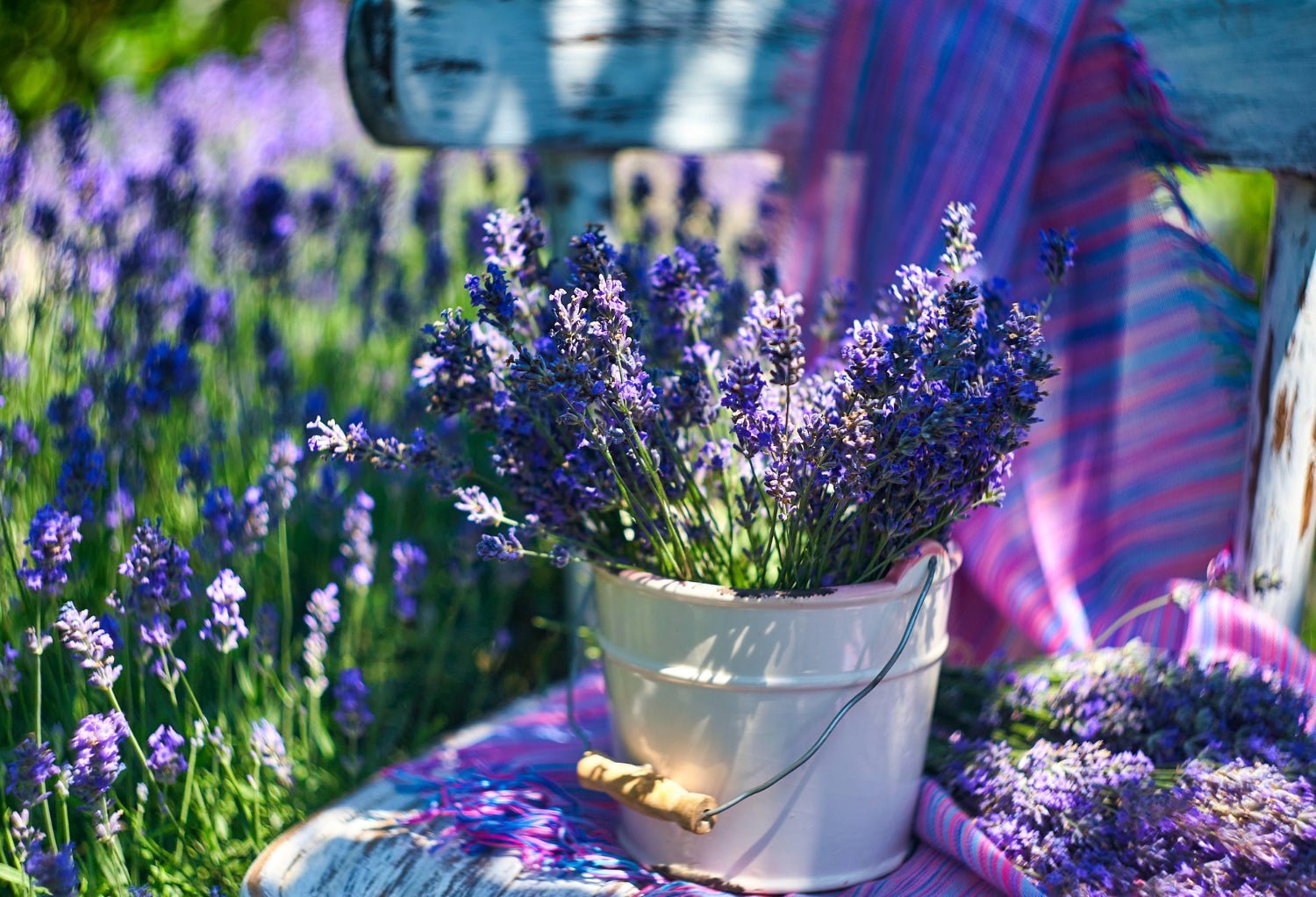
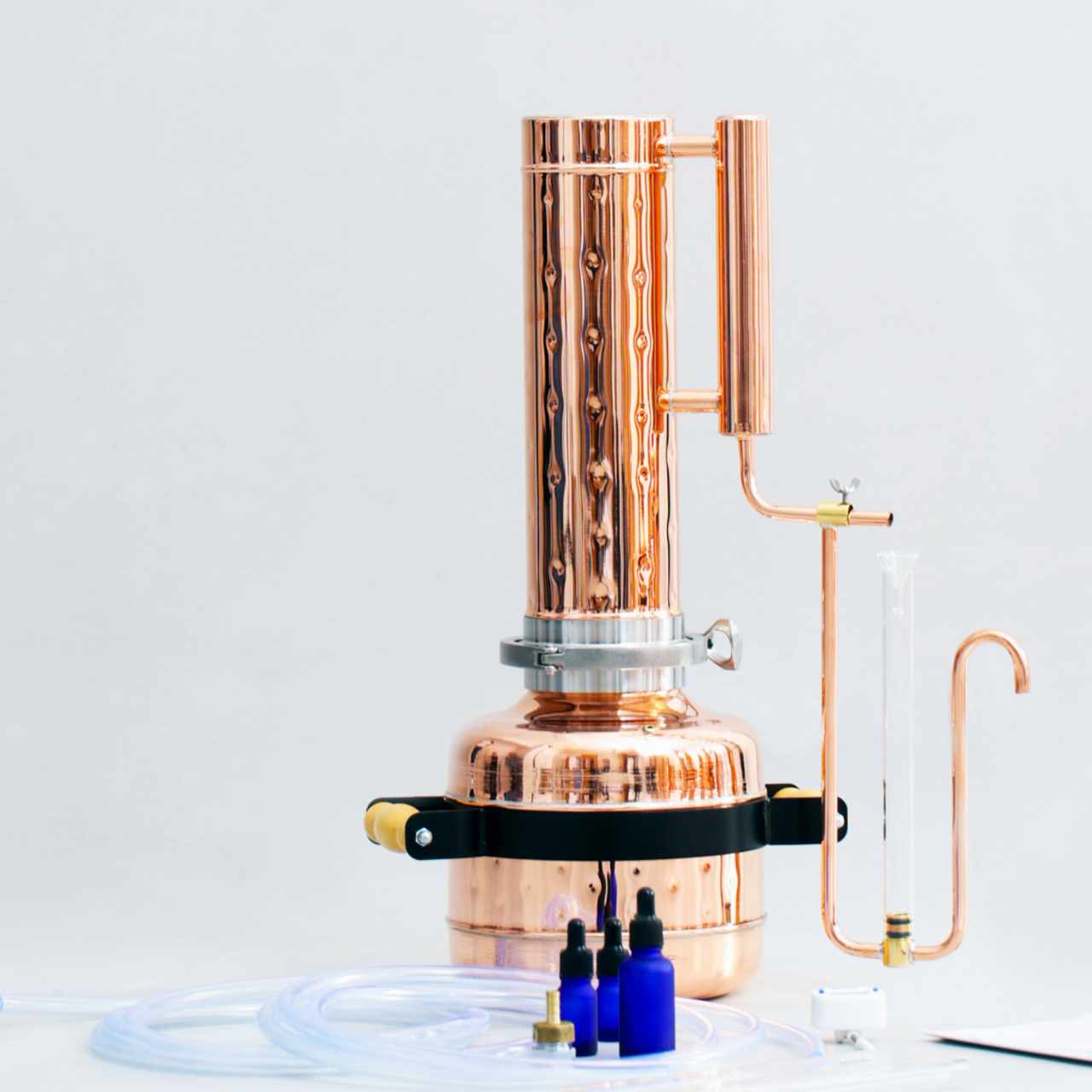
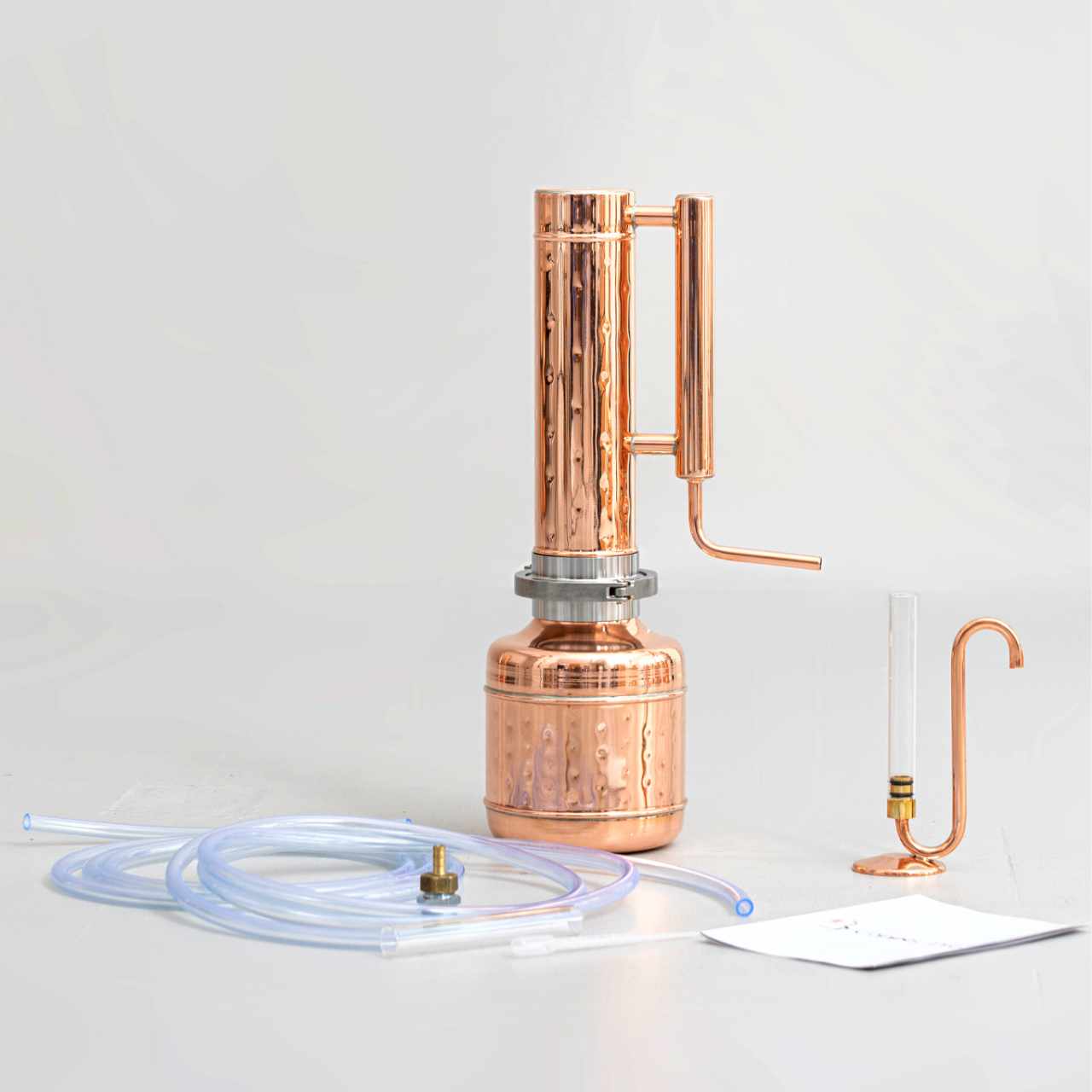
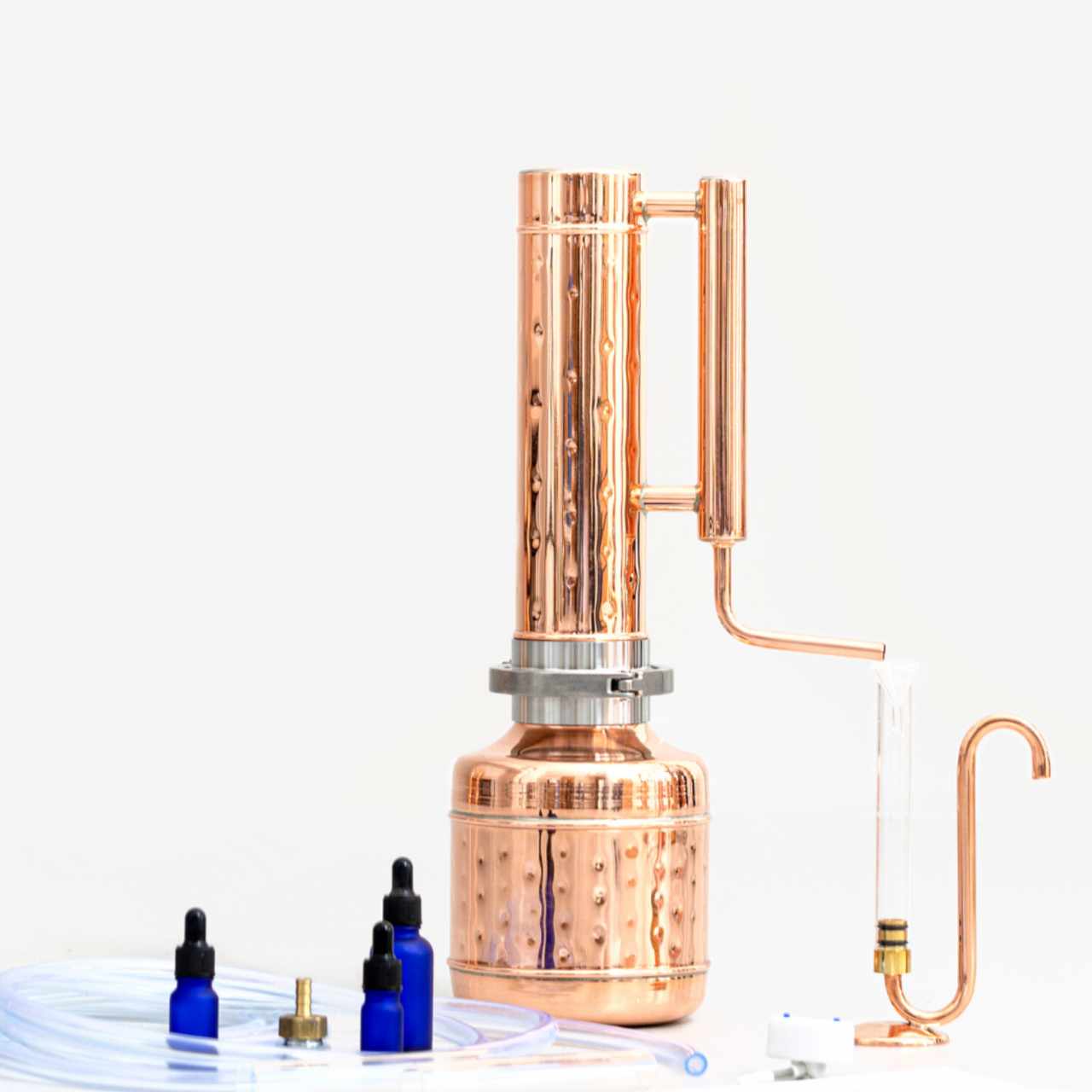
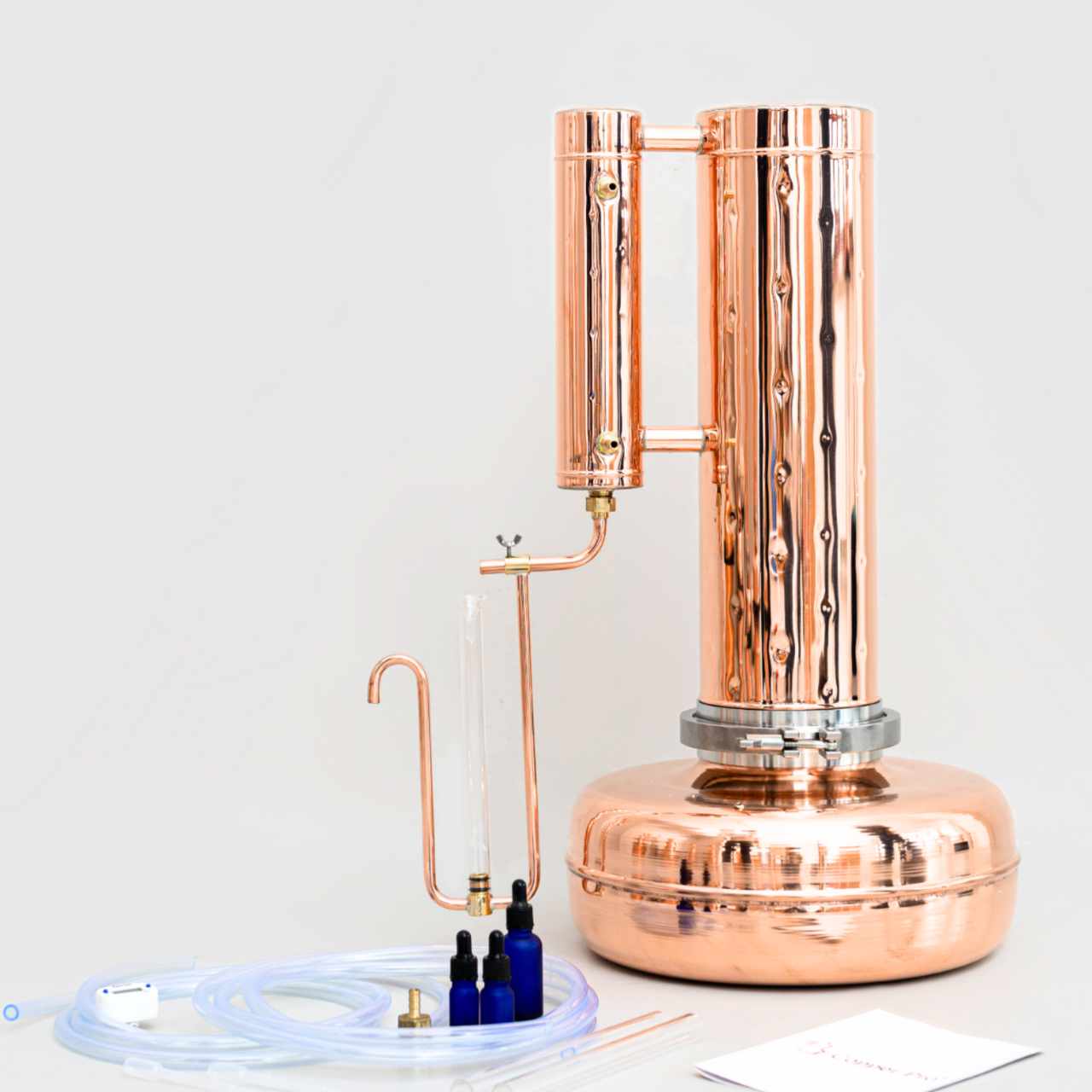
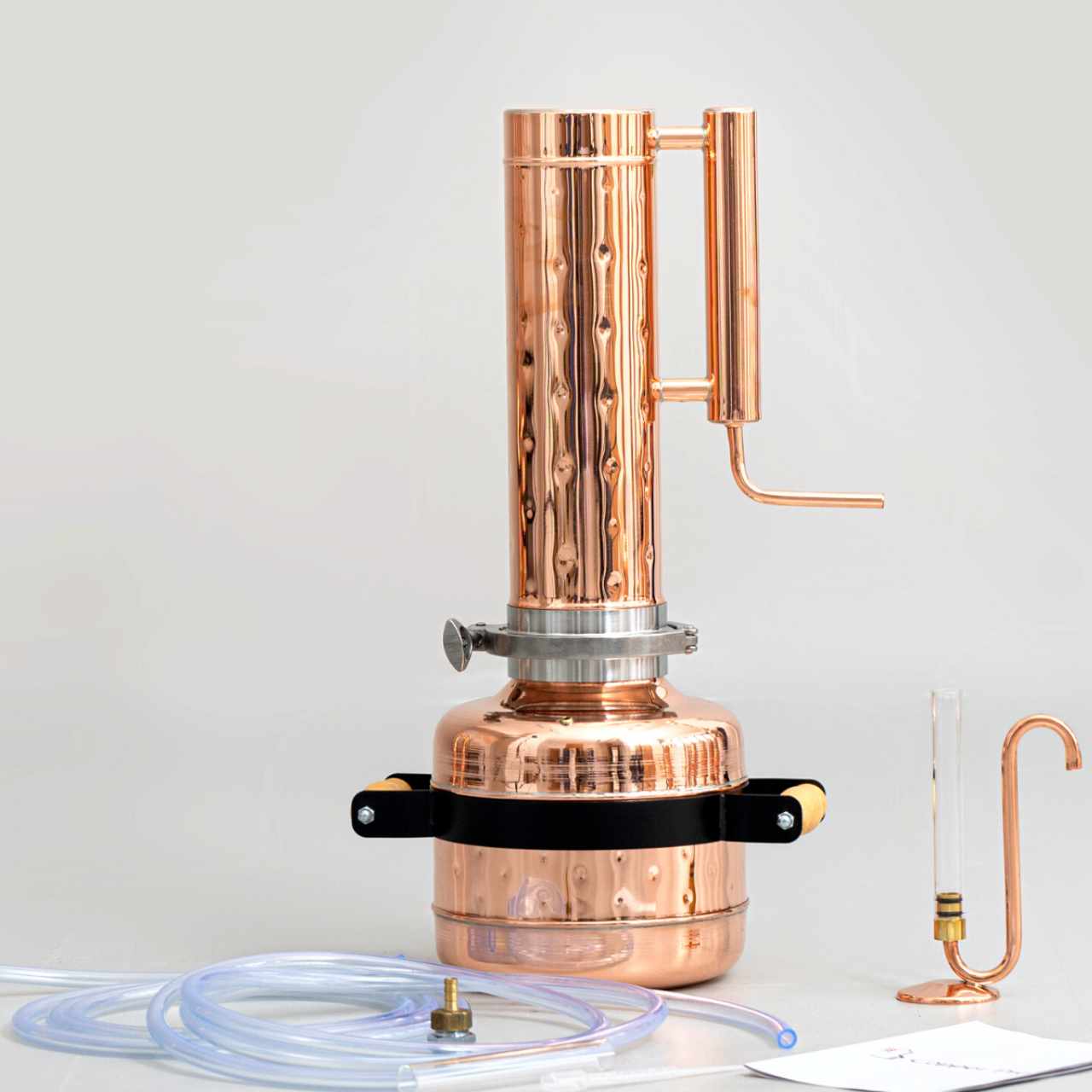

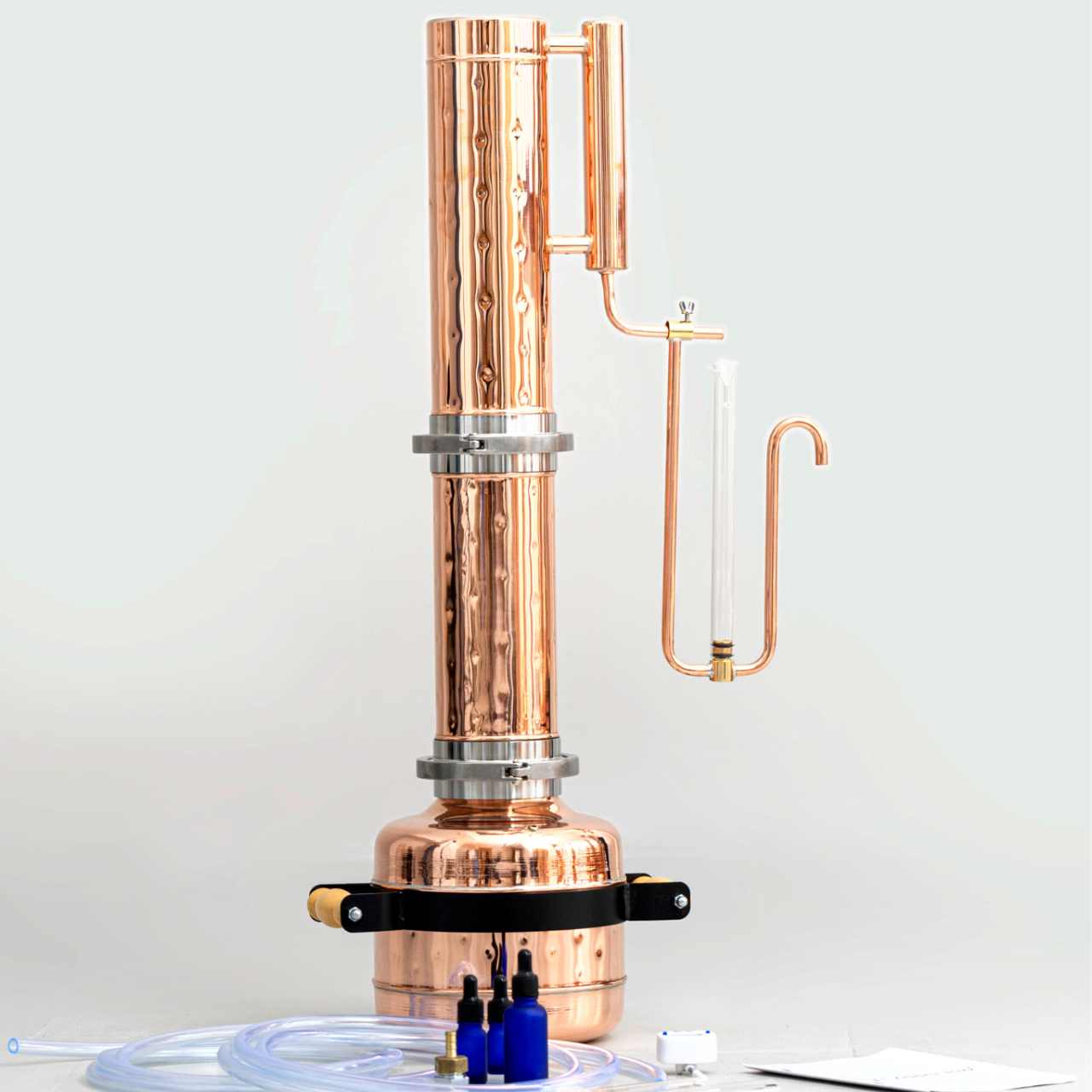
![Essential oil extractor 0.53G (2L) - [Premium Kit] - Copper Pro](http://copper-pro.com/cdn/shop/files/essential-oil-extractor-053g-2l-premium-kit-127057.jpg?crop=center&height=1280&v=1740390471&width=1280)
Comments (0)
Back to Blog Posts